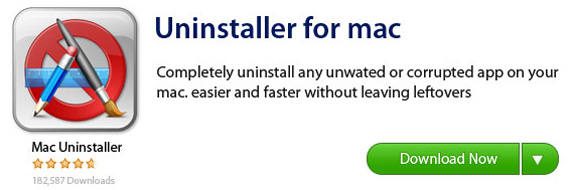

- #How to uninstall a program on mac not in applications manual
- #How to uninstall a program on mac not in applications windows 10
- #How to uninstall a program on mac not in applications software
- #How to uninstall a program on mac not in applications password
But if you are using the top-recommended third-party tool then it completely safe.Ī few days back as I was writing a post on some sponsored software and after that, I was unable to uninstall it. If you are uninstalling official Program from Windows itself then you might face some trouble with other Windows programs. As it is always recommended to uninstall on Safe mode which we are covering here. Yes, it is safe to forcibly uninstall program unless the major alert is shown.
#How to uninstall a program on mac not in applications manual
If you are not interested in following l engthy manual method, skip to the bottom and uninstall the program completely using a third-party tool. The best way is to remove them with Safe Mode or by using a third-party app.
#How to uninstall a program on mac not in applications windows 10
Pro Tip: While you’re here, do check out the extensive MacOS X Help area and peek in to the Mac Command Line Help area too.Uninstall Application on Windows 10 Forcefullyīasically, when you turn any application to uninstall, there are some small files of that apps/ program associated with some other programs directly or indirectly that might be causing a problem. Because, hey, it’s your darn computer, right? 🙂 But that’s how you remove a file, folder or program that just refuses to be removed. In this case, I know /Applications is the command line equivalent of the top-level Applications folder, so here are exactly the commands I used to move to the CrashPlan app, unlock it, and remove the entire package:īe careful, particularly with that last command, because there’s no backing up, no undo, no changing your mind. Oh, and “sudo” to convince the Mac to let you change those permissions in the first place. For now, the few commands you’ll need are “cd” to change directories to where the app, file or folder can be found, “chflags” to change that darn locked flag, then “rm” to remove the program or file. You’ll find the Terminal app in Applications > Utilities and it’s a good program to know as it can be quite useful. Sooo… it’s time to open up the Terminal and type commands in directly. Usually the first entry is something like “(Me)” which means you could unlock the file or folder (remember, Mac apps are really folders) then grant yourself read & write, then uncheck the locked box. This is pretty secure! One thing you can try is opening up the “Sharing & Permissions” pane and clicking on the padlock to unlock access: But not only is it checked, it’s greyed out. First step is to have a closer look, which can be done by choosing the app then using the Command-I “Get Info” shortcut to get this window:Ĭan you see the fourth checkbox right in the middle of the info window? “Locked”. A click to Trash the app and here’s what I see: So your first step is to check with the vendor: do they have an uninstall program? If they do, use that.įirst off, since CrashPlan is shutting down and I’ve switched my cloud backup to the faster and less expensive iDrive anyway, let’s get rid of CrashPlan on my own Mac system. Now with the situation you’re seeing, there are some programs like antivirus apps and backup programs that lock themselves in place and then pour digital concrete around them to really ensure that no other program can sneakily replace them. And that’s all for your protection, believe it or not. Even in Terminal, it can require expert knowledge to show absolutely everything on your Mac system.

#How to uninstall a program on mac not in applications password
You can imagine a hacker sneaking onto your computer, changing some of the key system files (like the change password utility!) and causing quite a problem with your system.Īdministrative programs and utilities can not only be locked down with permissions, though, they can also be “hidden” and not show up in the Finder without extra work.

One of the most important features is what’s getting in your way making sure that the wrong files aren’t accidentally – or deliberately – removed or changed. Like all modern operating systems, your Mac has a sophisticated model for managing files and applications.


 0 kommentar(er)
0 kommentar(er)
